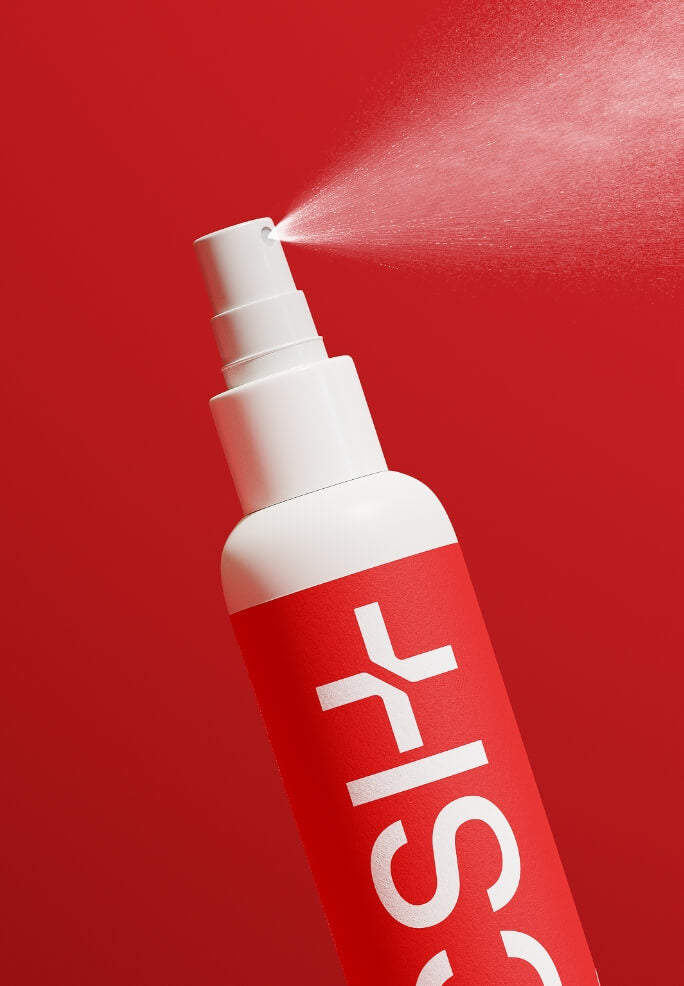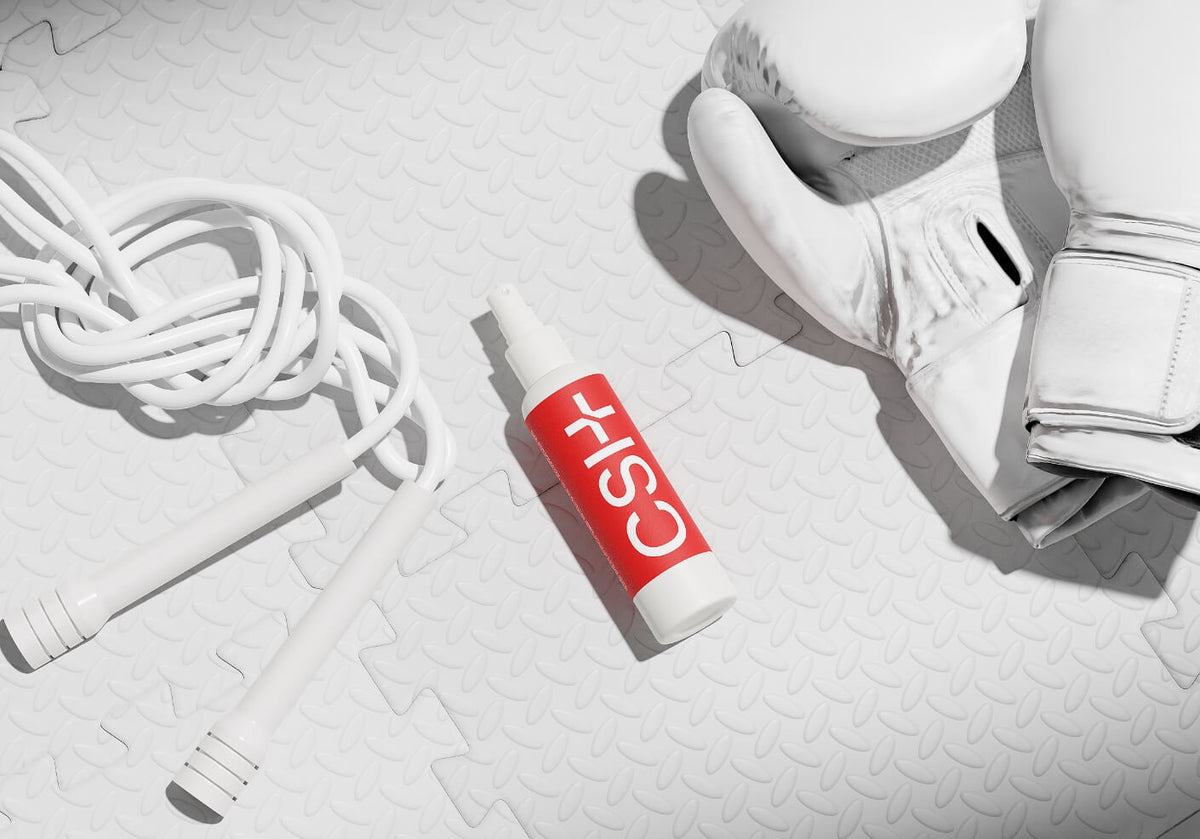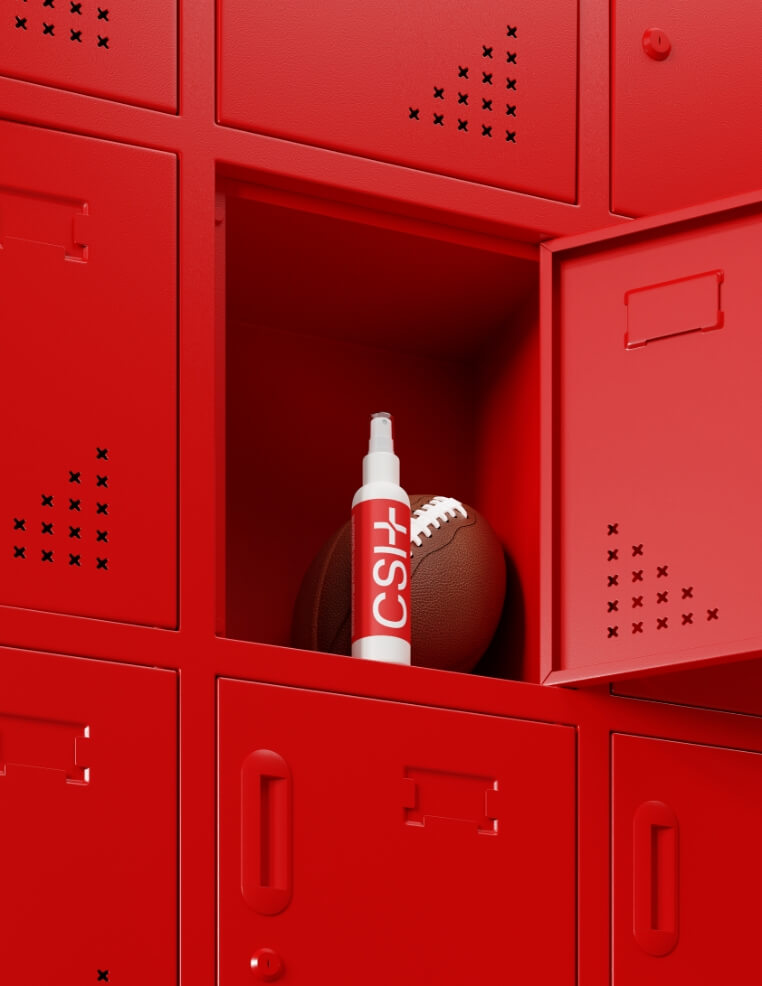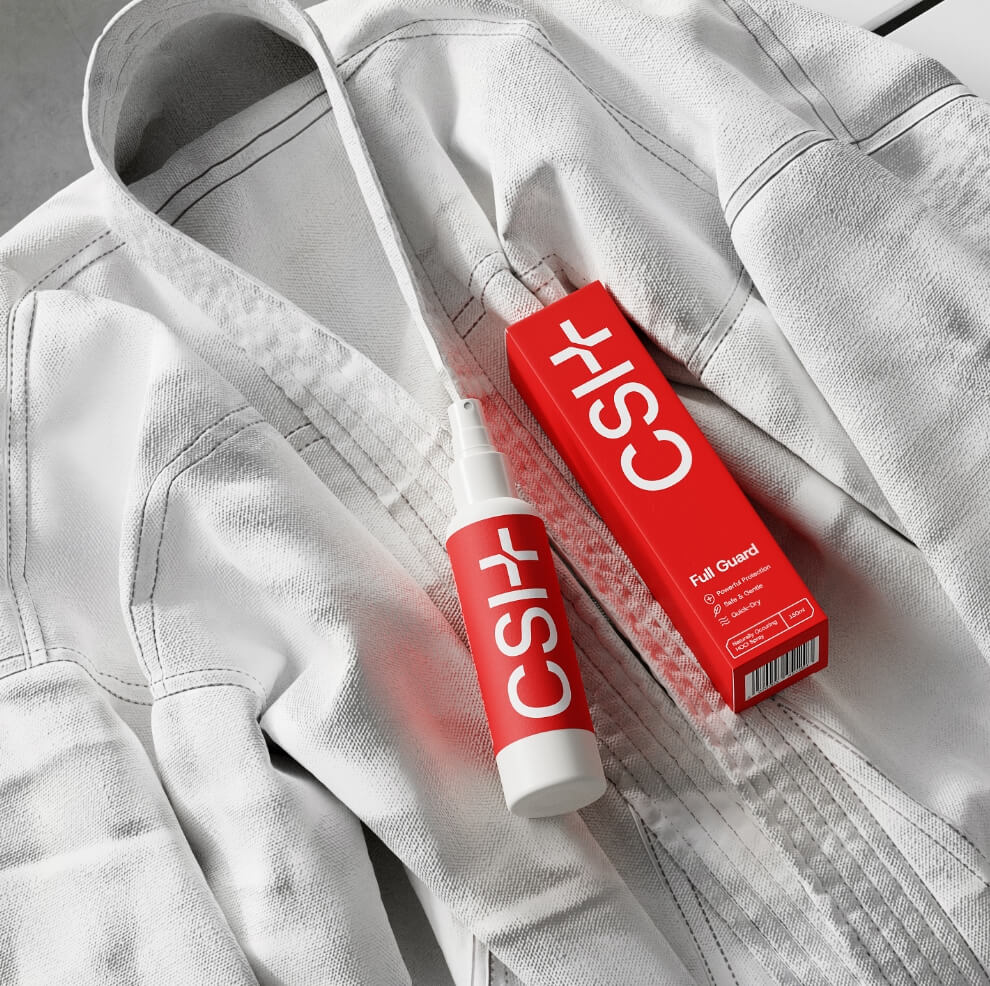Herpes Gladiatorum - Information for Athletes
Herpes in Contact Sports: Understanding What It Is and How It Can Affect Athletes
What It Is
In the context of contact sports, herpes most commonly refers to herpes gladiatorum, or “mat herpes.” This condition is caused by the herpes simplex virus (HSV), primarily type 1, though type 2 can also be involved.
Unlike genital herpes, herpes gladiatorum develops on areas of skin that experience frequent contact—such as the face, neck, and upper body—making athletes in wrestling, rugby, and similar sports particularly susceptible.
Transmission occurs through direct skin-to-skin contact, especially when the virus is actively shedding. Even without visible lesions, the virus can be spread. First identified in wrestlers in the late 1980s, herpes gladiatorum is now a recognised occupational hazard in contact sports. For full skin management guidelines, visit Combat Sports Hygiene.
What It Looks Like and How to Spot It
Herpes gladiatorum can be tricky to identify in its early stages. Many athletes first experience a prodrome—a tingling, burning, or itching sensation in the area where the outbreak is about to occur.
- Red, blistering lesions: Clusters of small fluid-filled blisters on a red, inflamed base. Lesions may merge into larger patches.
- Localised pain or burning: Discomfort may intensify with physical exertion.
- Fever or swollen lymph nodes: In some cases, athletes may experience mild systemic symptoms.
- Scarring or pigmentation: After healing, the skin may show dark spots or minor scarring.
These symptoms can resemble impetigo or contact dermatitis, so a healthcare professional’s diagnosis is essential. For clinical examples, see case studies at Sports Medicine Review.
What to Do If You Think You Have It
- Check your skin: Look for unusual clusters of blisters, redness, or itchy patches—especially on the face, neck, back, or arms.
- Stop contact activity: Immediately refrain from participation to prevent transmission.
- Maintain hygiene: Clean the area with antiseptic. Use a separate towel and don’t share personal items.
- See a doctor: A sports medicine or dermatology professional can diagnose and advise on treatment. Lab tests may be performed.
- Inform your team: Let your coach and medical staff know so that cleaning protocols can be initiated.
For detailed outbreak management procedures, see Combat Sports Hygiene.
How It Spreads
- Skin-to-skin contact: Even without visible blisters, HSV can be transmitted via microabrasions.
- Contaminated surfaces: Training mats, towels, and gear can harbour the virus if not properly disinfected.
- Fomites: Items like headgear or mouthguards can transfer the virus if shared.
The virus can spread asymptomatically, with an incubation period of 4 to 11 days. This makes strong hygiene and sanitation protocols critical in all athletic facilities. See Combat Sports Hygiene for full disinfection guidelines.
Prevention
- Daily hygiene: Athletes should shower after every session using antiviral or antiseptic cleansers. Focus on high-contact zones.
- Sanitise equipment: Regularly clean mats and gear with antiviral disinfectants.
- Cover lesions: When outbreaks occur, cover them with breathable, waterproof dressings and follow participation guidelines.
- Don’t share personal items: Towels, bottles, and gear should be used individually to reduce viral transfer.
- Educate your team: Hold regular briefings on skin infections, symptom recognition, and hygiene protocols.
Many organisations now require medical clearance before returning to sport after an outbreak. Proactive awareness and cleanliness help ensure safety for all. For education materials, visit Combat Sports Hygiene.
Treatment Options
- Antiviral medications: Acyclovir, valacyclovir, or famciclovir are most effective when taken early. These reduce outbreak length and symptoms.
- Topical antivirals: Creams or ointments may be prescribed alongside oral medication.
- Symptom relief: Pain relievers and cool compresses can reduce itching and inflammation.
- Rest and recovery: Athletes should pause contact activity until cleared by a healthcare provider.
- Adjunctive measures: Maintain clean skin and disinfect gear to reduce recurrence risk.
For advanced strategies, explore clinical journals like Sports Medicine Review or consult dermatology experts.
Scientific Information
Herpes gladiatorum is caused by the herpes simplex virus, which enters the skin, travels to sensory nerve ganglia, and remains dormant. Under stress or injury, it reactivates and causes outbreaks.
Viral Biology
HSV infects epithelial cells and establishes lifelong latency in nerve cells. Research shows that early antiviral intervention can reduce viral load and lower transmission risk.
Prevention Insights
Studies confirm that prophylactic antiviral use among high-risk athletes can significantly reduce outbreaks. Environmental conditions like humidity and mat material also affect viral survival outside the body.
Public Health Relevance
Understanding these scientific factors has led to more robust sanitation recommendations in gyms and sports arenas. Stay up to date via platforms like Verywell Health and academic journals.
Conclusion
Herpes gladiatorum is a serious concern for contact athletes due to its ease of transmission and potential to disrupt training. Recognising the signs, acting early, and practising excellent hygiene are key to reducing spread.
Athletes, coaches, and medical personnel all play a role in prevention. With current science, clear policies, and proactive measures—like those outlined at Combat Sports Hygiene—sports teams can stay competitive and safe.



